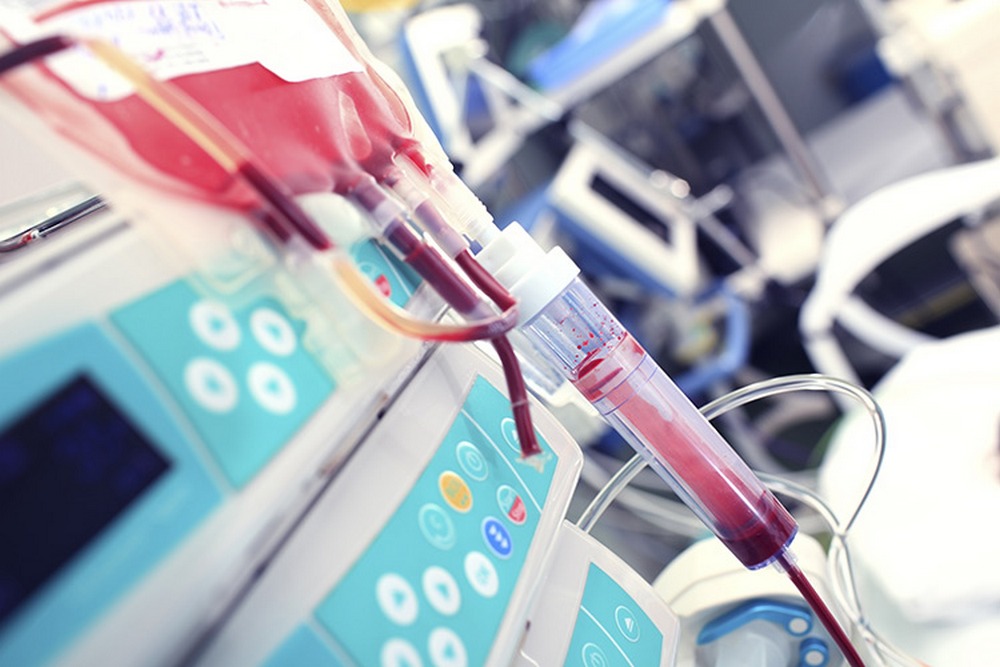
lymphoblastic leukemia in children and adults. The first stage of the process is conditioning – intensive antitumor therapy using high-dose chemotherapy, in some cases in combination with radiation therapy, started one week before transplantation. Conditioning aims to destroy tumor cells and suppress the patient’s immunity in order to prevent transplant rejection, i.e. rejection of donor cells.
Several international studies have demonstrated that total body irradiation is the most optimal conditioning regimen for bone marrow transplantation in children with relapsed acute lymphoblastic leukemia.
Allogeneic bone marrow transplantation with total body irradiation as conditioning regime in children has become possible in St. Petersburg due to the close interdisciplinary cooperation between the specialists of Almazov Centre and the Diagnostic and Treatment Center of Berezin’s International Institute of Biological Systems. So far, two minor patients have been treated at Almazov Centre and both are now in remission.
The possibility of using a high-tech method of therapy that meets international guidelines and the results obtained in children encourage the specialists to continue their work in this direction and achieve better results for bone marrow transplantation.
For reference:
Acute lymphoblastic leukemia is one of the most common hematologic diseases in children. Due to the optimization of therapy, the overall survival rate today is 85–90%. However, about 15–20% of all cases in children are relapsed or intolerant to standard treatment. Such patients need bone marrow transplantation. If it is done timely, the chance of achieving a second remission is 40–70%.
